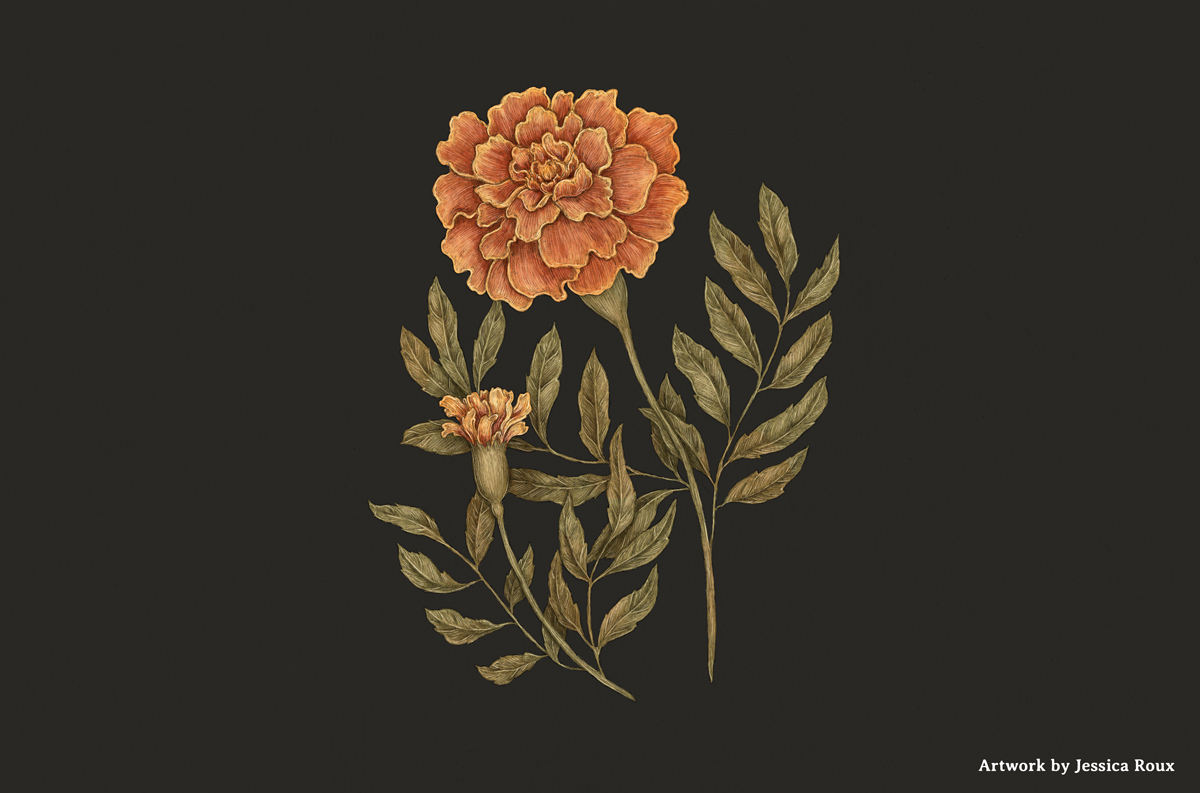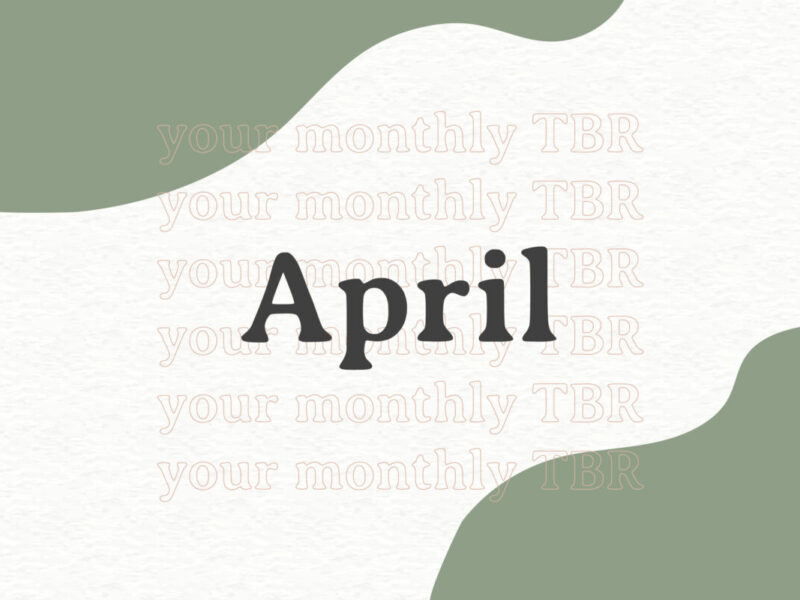Floriography: 7 Symbolic Flowers to Incorporate Into Your Poetry
Flowers stand out as a popular subject in poetry. From Sylvia Plath to William Blake, poets have been incorporating floral symbolism in their work for centuries, proving that it transcends generations and forms. The natural beauty of flowers can communicate messages about growth, romance, grief, and more. In Floriography: An Illustrated Guide to the Victorian Language of Flowers, published by Andrews McMeel in September, author and illustrator Jessica Roux explores the significance of more than 50 different flowers and herbs, depicting the botanical alphabet from A to Z. Accompanied by whimsical drawings, these rich descriptions provide poets with plenty of allusions and metaphors. Make one of these seven flowers the evergreen star of your next poem, or place them in your writing space for added inspiration.
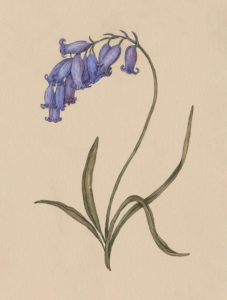
Artwork by Jessica Roux
The bluebell
The dainty bluebell symbolizes humility and faithfulness.
“The tranquil, bell-shaped flowers bow down on the stem, shying away from the sunshine as if showing contrition,” writes Roux. Pair bluebells with writing about forgiveness and apology.
The camellia
The camellia symbolizes longing.
What’s more poetic than pining? The mythology around the camellia reflects the bittersweet excitement and frustration of pent-up affection and has its roots in literature.
“The camellia’s meaning originates with the 1848 Alexandre Dumas novel, La dame aux camélias, which tells the tragic love story of Armand Duval—a young bourgeois—and Marguerite Gautier, a courtesan,” Roux recounts. “The two fall in love, but their relationship is undermined by Armand’s father.”
The carnation
The carnation symbolizes a mother’s eternal love.
Like many literary symbols, this popular bloom stems from the Bible. “Carnations are said to have appeared where the Virgin Mary’s tears fell, leading to their association with heartache and a mother’s eternal love for her son,” explains Roux.
Pair carnations with writing about motherhood or your unique relationship with your mother.
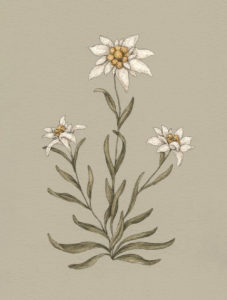
Artwork by Jessica Roux
The edelweiss
The edelweiss symbolizes courage and daring.
“Because the star-shaped, white edelweiss flower blooms high in the Alps, collecting the blossoms is a dangerous task,” writes Roux. Consider surrounding yourself with edelweisses when goal setting or embarking on a new venture.
Ivy
The ivy symbolizes fidelity.
This symbolism can be attributed to its unique, enveloping growth pattern. “This clinging, leafy vine winds itself around ancient trees,” Roux illustrates. “Even after a tree dies, ivy remains attached, unable to be separated from its eternal embrace.” Ivy commonly suggests that nothing will ever come between two people, making it a beautiful display of commitment and unconditional support.
Larkspur
The larkspur symbolizes levity.
These tall blossoms seem to reach toward a bluer sky or better days. Its name also takes inspiration from optimism and light-heartedness. “The distinctive seedpod of the larkspur is said to resemble the foot of a lark, hence its name,” says Roux. “The lovely and light song of these birds lifts the spirit.” Collect larkspur to look toward the light during a difficult time, or to choose laughter when you might feel like crying.
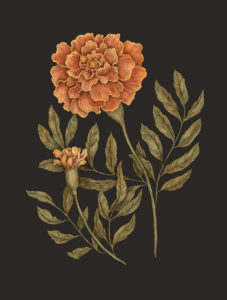
Artwork by Jessica Roux
Magnolia
The magnolia represents dignity.
The hearty magnolia looks downright regal, a perception that Roux expands on in Floriography. “The tree grows to magnificent heights and endures scorching summers,” she writes. Turn toward statuesque magnolia to remind yourself of who you are and what you can withstand. The result just might be some serious self-love.
Order Floriography: An Illustrated Guide to the Victorian Language of Flowers here to read about the origins and meanings of even more floral species.

